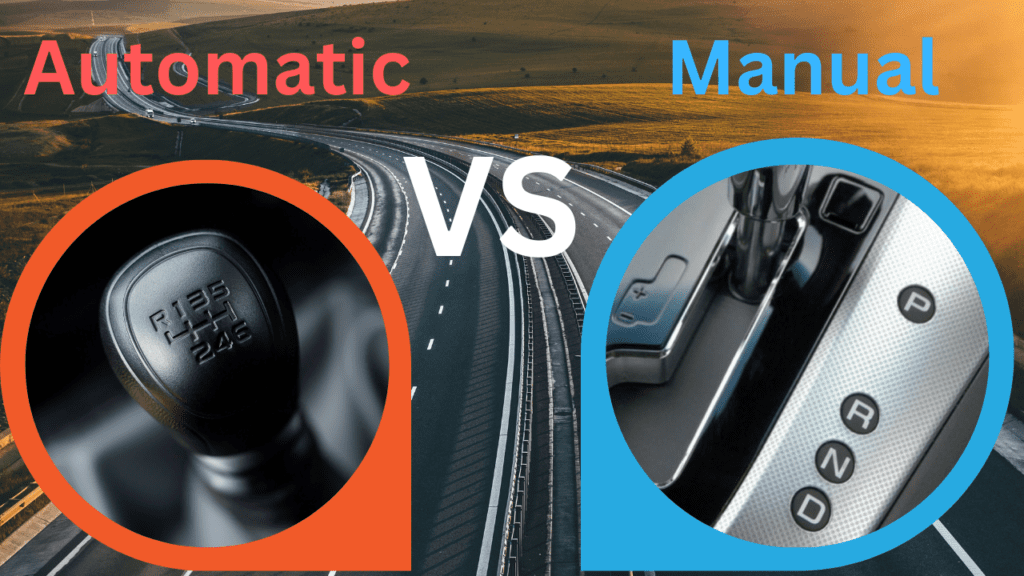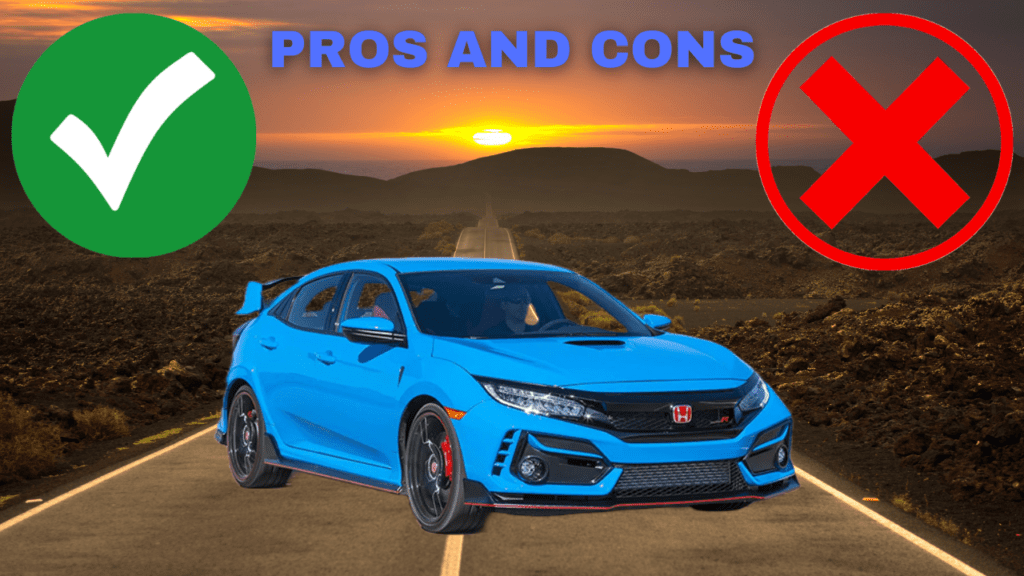Your cart is currently empty!
Manual or Automatic Driving Lessons

Choosing to learn to drive in an automatic or a manual vehicle can be a big decision. This is only getting harder as the future is leaning more and more towards electric cars which are all essentially automatic. Saying that though most public services such as ambulance, police and fire engines still require a manual licence. Lets explore some more…

Which is Easier to Learn in manual or Automatic?
An automatic is usually easier to learn in – simply put the car in ‘D’ for ‘drive’ and off you go. You should make sure you’re in the right gear for the speed and road conditions when driving a manual car.
A manual driver will tell you that the skill of driving a car is selecting the right gear and controlling the clutch. If you don’t care about that, you can learn in an automatic.
In an automatic car, learners will normally pass their test faster because there’s less skills required to learn to drive. The sooner you pass your test, the less money you’ll spend on driving lessons. Lessons in an automatic car are normally more expensive though so keep this in mind when weighing up your options.
Why are driving lessons in an automatic car moire expensive
Automatic driving lessons generally cost around £5 per lesson more than the average manual driving lesson. There are 2 main reasons for this. The first is when automatic lessons first started automatic cars were less fuel efficient that manual cars therefore they used more fuel creating high costs for the driving instructor. The second reason is automatic cars tend to cost considerably more than manual cars.
Why you might prefer an automatic?
Changing gears constantly can be tiring if there is a lot of traffic or if you have to drive around a lot. It can also require more of your attention when you’re watching out for pedestrians, negotiating roundabouts, and paying attention to traffic lights.
The new automatic cars are also incredibly efficient, can change gears sooner than you can, and will generally choose the right gear for the job.
Compared to manuals, automatics tend to be smoother, letting you creep forward or backward easily when maneuvering such as bay parking.
Why you might prefer to learn in a manual?
In snow and ice conditions, manual cars feel more responsive and you can potentially have more control. But in the UK is this really worth worrying about considering it might snow once a year if your lucky.
Additionally, manuals are generally less expensive to buy as they don’t use as much complicated technology. For the same reasons, automatic cars are also more expensive to repair and service.
Which has the highest pass rate on the driving test, manual or automatic?
Believe it or not automatic driving tests have a considerably lower pass rate compared to manual driving tests. The current average pass rate in an automatic car on the UK driving test is around 39% compared to a driving test in a manual car closer to 47%.

Are electric cars automatic or manual?
Most electric cars are automatic due to there being no engine there is no need to have gears. There are however few exceptions. The functionality of petrol cars that drivers have become accustomed to gear-stick. This is switching to electric cars continues to be emulated by some manufacturers due to some people preferring to drive a manual car.
Pros and Cons of Learning in a Manual car
Choosing to learn to drive a manual transmission vehicle can have many additional benefits.

Pros:
- More buying options available:
Getting a manual driving license opens up many more opportunities when purchasing a brand-new or used vehicle. You may find a better deal on a brand-new or used car because you have more options. Also, automatic cars often cost more in the first place since the gearbox and other components can cost more.
- Insurance may be cheaper
Autos are generally more expensive to insure due to higher repair costs. In almost every case, the automatic version of a particular car make and model came with higher insurance premiums than the manual version.
- Better fuel mileage:
Most manual cars can achieve better fuel mileage than automatic cars if they are operated correctly and efficiently.
- Able to drive any vehicle in the event of an emergency:
The ability to drive a manual automobile could sometimes make the difference between life and death in an emergency if you need to drive someone to the hospital or away from danger.
Cons:
- More driving lessons required:
Professional driving instructors can be quite expensive. Learning how to drive a manual car takes longer because you need to learn how to change gears, use the clutch, and become more comfortable with the overall driving experience. In this case, you may have to pay for more driving instruction, which can increase the overall cost.
Pros and Cons of Learning in an Automatic car
Learner drivers practicing with a provisional license can benefit from automatic transmission vehicles. Learner drivers prefer automatic vehicles because they’re easier to handle and potentially faster to learn. The problem with this however is, if you pass the driving test with an automatic car, you cannot drive a manual vehicle.
Pros:
- Easier to learn:
Putting the car in drive to go, reverse to back up, and neutral to idle while out of gear is all you need to worry about when driving an automatic. After that, it’s just accelerating, braking, and steering. The clutch and gas pedals must be used in tandem to accomplish all the shifting you need. This is much easier to learn than how to switch between gears in a manual car..
- Less stressful:
When you don’t have to shift gears, automatic cars are less stressful. Put the car in drive and go. You don’t have to do anything.
- Can be safer for some drivers:
In a manual car, shifting gears can create time when both hands are not on the wheel, as well as require additional movements that can distract the driver.
- Less wear and tear on the clutch:
Using a manual transmission can put wear and tear on the clutch of a vehicle. This is especially true for new drivers who are slowly becoming more comfortable with shifting gears. An automatic transmission shifts gears properly every time which can help to reduce wear and tear on the clutch. It is not uncommon to need to replace the clutch of a manual vehicle at least once during its lifetime
Cons:
- Only licensed to drive automatic cars:
Auto license holders cannot drive manuals.
- Higher insurance premiums:
Automatic vehicles usually have higher insurance premiums than manual vehicles. Automatic cars tend to have higher repair costs than manual cars.
- More expensive:
An automatic car has many more parts than a manual car. Consequently, automatic cars can be much more expensive than manual cars. It can be more expensive to own an automatic car because regular maintenance, repairs, and upkeep can all cost more.

Conclusion
I have both an automatic and a manual car and I love driving both cars. If I personally had to choose however i would always choose the automatic just because I am lazy and the automatic requires less work. As I previously mentioned however I am very pleased I have a manual licence as it leaves options open to a lot more work opportunities such as ambulance drivers or teaching manual driving lessons. I would advice 99% of people to get a manual driving licence. The 1% would only be those that are learning later in life and/or have found manual lessons to difficult compared to the average person.

Leave a Reply